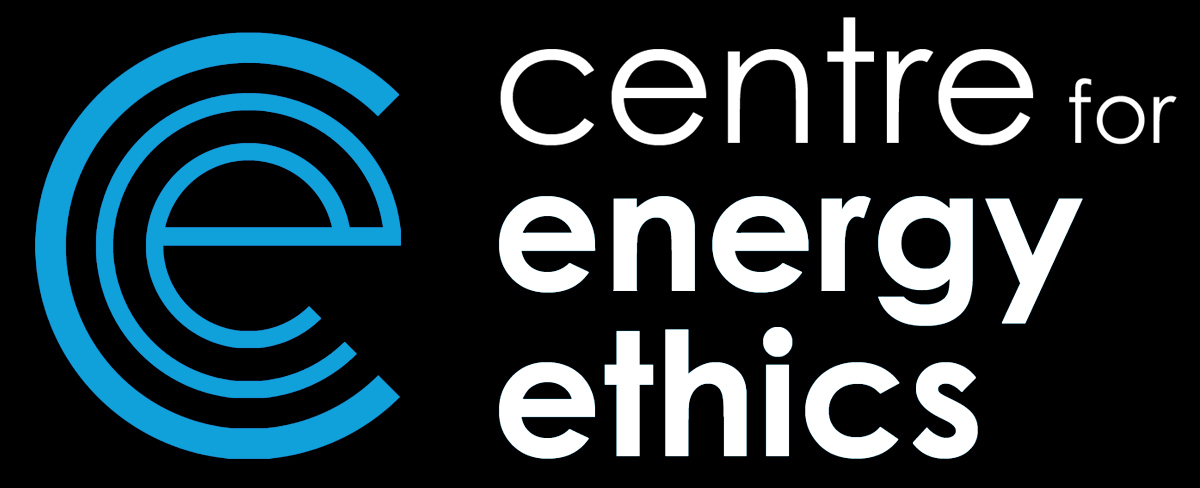By Roya Khoshnevis
Tehran is known as the earliest petroleum capital of the Middle East. Even though the city had a long and rich history before discovering petroleum, it grew and modernized with each petroleum agreement. However, because the infrastructure of the city’s modernization is deeply rooted in its connection to petroleum culture, it has serious difficulty in moving toward renewable energies. In this post, I demonstrate Tehran’s deep connection to its roots in petroleum modernity and, in particular, petroleum revenues. These conditions have led to the development of a unique automobile culture in and around the city. How this affects urban planning toward a post-oil city will be the focus of the second post in this series.

Tehran and Petro-modernity:
Tehran is the capital of Iran, one of the world’s biggest petro-states. ‘Petro-state’ is used to describe states whose economy is heavily reliant on oil and gas revenues (as a share of GDP); other petroleum capitals in the region include Baku and Baghdad. While Baku is extraction site itself, Tehran is an economic center of petroleum, similar to Houston. For over a hundred years since the discovery of oil in the south of Iran in 1908, the city has experienced its ups and downs in connection to oil agreements, coup d’état, war, revolution and sanctions. These events have scarred the face of this city, even though its root source – Petroleum – remained unnoticed/invisible.
After the 1953 coup d’état in the city, in which the nationalization of Iran’s petroleum company failed, the city became more connected to petroleum modernity. During this time, Mohammad Reza Shah Pahlavi was trying to compensate this huge failure. As a national developing plan, he applied modernising plans in Tehran, as a place that he selected to spend the oil money. Gradually, the city was modernized specifically with attention to modern American cities such as New York and Los Angeles. The downtown of Tehran and its streets expanded to accommodate more cars. Highways connected different districts of the city. The city’s first skyscrapers were built simultaneously with the schools, universities, hospitals, museums and towers, such as the Shahyad/Azadi Tower (Figure 2). Pahlavi architecture incorporated themes from European and Modern architecture.[i] During the 1970s, the peak time for petroleum revenues, Iran was enjoying the considerable rise in oil prices. This period saw the city’s most noticeable transformation.

According to Hein and Seyyedi, many automobile companies during the 60s and 70s became attracted to Iran and especially Tehran as a new consumer market.[ii] Alongside the automobile companies, many other American companies opened a branch in new malls and shopping centers in Tehran. Accordingly, the city’s expansion is deeply connected to American consumer habits. Pamela Karimi argues that it was after the 1950s that a “wide variety of American and other western products reached Iran in a more regular manner.”[iii] With the influx of petroleum revenues, Iranians’ newfound purchasing power allowed them to buy new consumer goods like radios. The introduction of radios in the domestic sphere enticed Iranians to move to Tehran when it was advertising middle class life style. Karimi adds:
Tehrani citizens were consequently the first to use the new products, making them both favored consumers and the considered target audience when foreign companies sought to introduce new products. Degrees of consumption and levels of open-mindedness often went hand in hand in the eyes of those who ran the advertising industry and those who advocated the more “civilized” western way of life.[iv]
Tehran’s petroleum culture is thus deeply connected to the city’s consumption habits. Gradually, American housing products in all forms, labels and brands could be found in Tehran. Karimi believes that this consumerism shaped the neighbourhoods of Tehran, giving upper- and middle-class Tehrani’s access to the ‘imagined market’ of Americans. The Pahlavi dynasty, the ruling state of the time (1953-1979), were interested in modernizing families, placing emphasis on nuclear families with the woman as a housewife, the man as a company employee and two children, preferably one boy and a girl. Alongside this modelled family, was a ‘preferably’ American brand automobile, which was an inseparable part of middle-class family ideals.

Living in Tehran became gradually impossible without owning personal cars. In present day Tehran, the culture of driving and commuting in the city’s modern highways have become normalized. Similar to American road trip movies, this culture also appeared in Iranian literature and cinema before the revolution. What I call the ‘socializing in the car’ scenes became an inseparable part of cinema and literature of the 1960s and 70s. A good example is the novel called Wandering Island! (1992) written by Simin Daneshvar, a prominent female Iranian writer. In many sections of this novel the conversation between Hasti, the protagonist and her friends are happening in the car and during the time when she is commuting between her mom’s house in the north of Tehran and her grandma’s place in a southern district of the city. In an article called “Like LA with Minarets”, Oliver Wainwright gives an introduction to Tehran through cars and concrete:
Stuck in traffic in one of Tehran’s interminable freeways, the city can feel like Los Angeles with minarets. The similarity is no coincidence: its modern urban structure was laid out by America’s own doyen of postwar sprawl, Victor Gruen. The godfather of the suburban shopping mall was hired by the Iranian government in 1966 to masterplan the future of the capital an plotted a web of highways that would thread their way through the undulating topography, connecting a dispersed network of neighbourhoods separated lush green valleys.[v]
This “automobile society” is such that the Petroleum museum of Iran is introducing Tehran’s “gas stations” as heritage buildings, by which I mean that they have renovated old gas stations and turned them into museum exhibitions along with old gas pumps, cars, oil galloons, and statues of the workers. In the opening ceremony of this building the mayor of Tehran mentions that “Darvazeh Dowlat Gas Station Museum was a reminder of a certain period in the country’s history.”[vi] He adds: “gas stations were reminiscent of an era when motorized vehicles began to emerge in cities, adding Darvazeh Dowlat or No.6 Gas station was one of the first three stations to be launched in the city of Tehran back in 1938.”[vii]The museum is trying to remember Tehran’s nostalgic era, when the city was proud to have an automobile culture, and commuting around with automobiles was connecting the city to the modern cities of New York and Los Angeles .
The End of an Era
Our point of view on Tehran’s dependency and connection to the automobile lifestyle needs to be revised. As a cultural analyst, I would argue that the reasons behind this mass fuel consumption and automobile addiction are not just urban planning or modern lifestyles. I believe that the cars are playing the role of an escape zone, a place of disconnection from the outside, which helps the driver and other passengers to feel safe and secure. They provide an escape from the moral police in Tehran and the city’s Islamic force for compulsory veiling. The reasons behind people’s addiction to their personal cars is more than just a technical issue. The cultural obstacles behind this addiction can be found in women’s compulsory Hijab, class difference, lack of public transportation and disconnection between Tehran’s districts. The city, which was once known as the “bride of the Middle East” is having difficulty holding on to its connection to nostalgic times of the ‘oil dynasty.’ Petroleum as a commodity and the main energizer of the city, has turned into a killer as schools are getting closed at least three to five days a year, due to excessive air pollution in the city.

Yet unlike other oil cities such as Dubai, Baku, Kuwait and Baghdad, Tehran’s connection to petroleum modernity is somehow puzzled and confusing. Tehran doesn’t show off its connection to petroleum revenues. This connection is not mentioned nor referred to in the architectural identity of the city. The roots of this invisible connection can be found in Tehran’s experience of the Iran-Iraq war, which is also known as one of the enduring oil wars of the Persian Gulf. Since the main target of the Iraqis were the petroleum industry of Abadan and Tehran, especially the refineries of these two cities, the post war reconstruction of the refinery stayed disconnected from Tehran’s cultural identity.
Yet the city enjoys the petroleum revenues more than any other cities of Iran. The cultural and social connection of Tehran to automobile culture prevents the city from moving toward alternative ways of transportation or communication. The heavy traffic of the city can no longer be ignored, and is not just limited to the center of the city or traffic hours. Air pollution resulting from a lack of adequate public transportation, ageing vehicles and motorcycles, and the refineries and factories around the city has reached unbearable levels.
In the following posts about Tehran, I will write about the cultural and political barriers that Tehran is facing in moving toward renewable energies. My main focus will be on the impact of sanctions on energy transition in Tehran.
[i] Pamela Karimi, Domesticity and Consumer Culture in Iran: Interior Revolutions of the Modern Era (Routledge, 2013), 68.
[ii] Hein, C., & Sedighi, M. (2017). Iran’s Global Petroleumscape: The Role of Oil in Shaping Khuzestan and Tehran. Architectural Theory Review (online), 21(3), 349-374. https://doi.org/10.1080/13264826.2018.1379110
[iii] Karimi, Domesticity and Consumer Culture in Iran, 98.
[iv] Karimi, 99.
[v]https://www.theguardian.com/cities/2019/jan/09/like-la-with-minarets-how-concrete-and-cars-came-to-rule-tehran
[vi] http://www.petromuseum.ir/content/29/News/4008/Darvazeh-Dowlat-Museum-Historical-Reminder
[vii] Ibid




